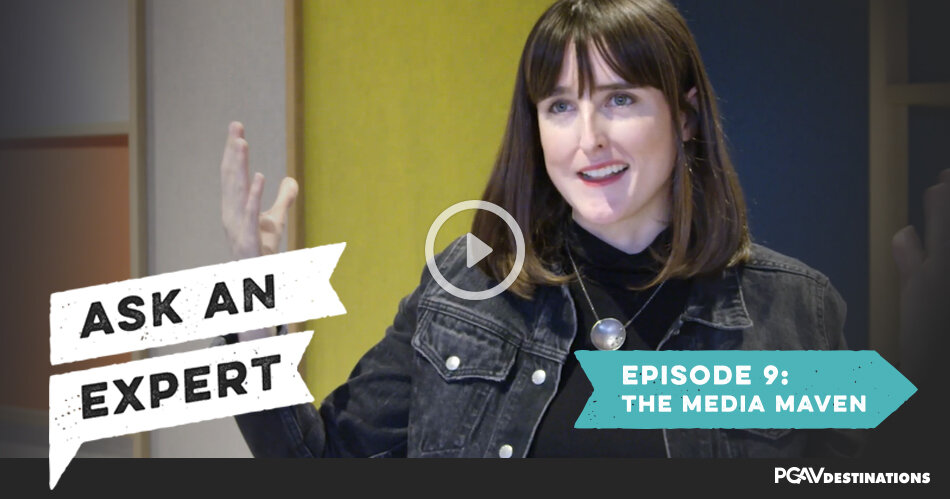



The story drives the content―always. Whether your destination is a small museum with a scrappy budget or a bustling theme park with a robust cash flow, you can create media content at a variety of scales and production levels to bring your story to life.
When travel restrictions began last year, folks looked for ways to be able to experience or engage with their favorite places vicariously. New tools are making media products more available and affordable to destinations of all sizes. With a few key(board) moves, your destination can get a media lift that leaves visitors wanting more.
In any discussion about media for destinations and attractions, the topic of Interactivity inevitably comes up. When your team wants to deploy some interactive magic, check out this quick summary on how to find the right application for your project.
Today’s destination designers are using the multi-sensory experience of atmospheric design to tell deeper and richer stories. While multi-sensory experiences are as old as time, the science of atmospheric design today is evolving rapidly as technology and psychology team up with designers’ imaginations.
It’s common in destination design to regard the front gate or entrance as the first hello, the initial guest contact that signals their moment of arrival. But let’s take a step back and ask ourselves if that’s really true.
From the first Facebook ad through the gift shop selfie spot, media builds attention, anticipation, relationships, and brand loyalty. It has the agility to engage multiple demographics simultaneously and give existing assets and IPs, such as a beloved themed character, a fresh, new look.
Media is a big word these days. At its core, media is about communication, using an ever-evolving ecosystem of delivery methods. PGAV Director of Media Production, Tony Miceli, explains.
Ok, enough about our opinions on media trends, let's ask someone who studies them day in and day out. Meet Helen Havlak, VP of The Verge.